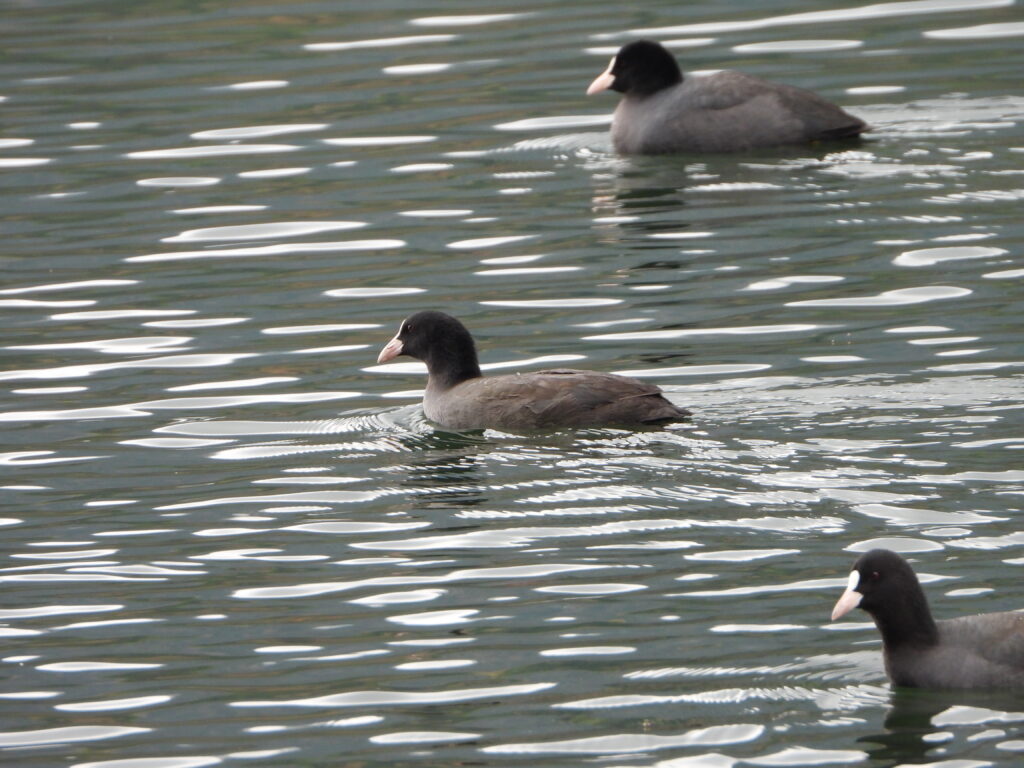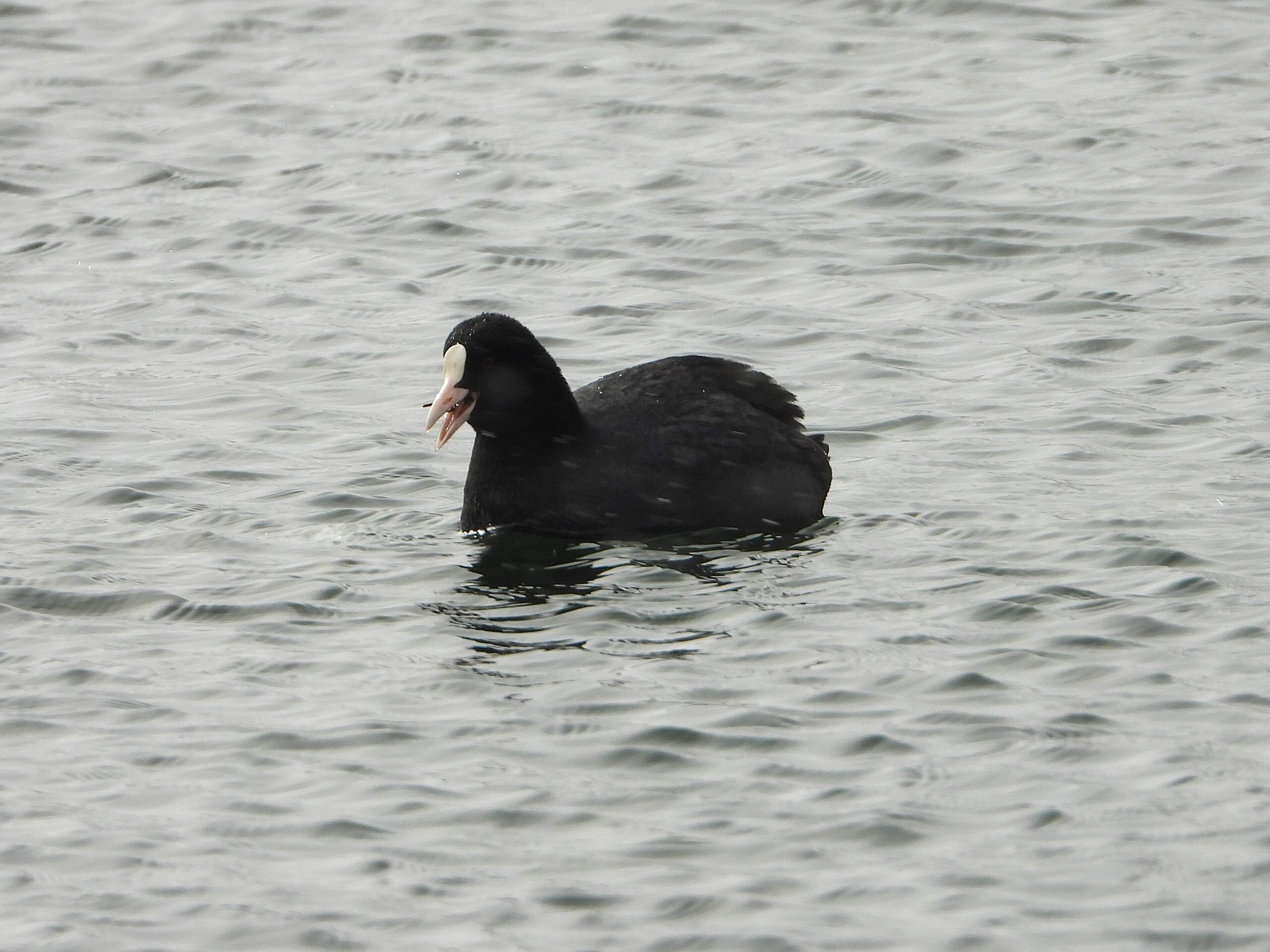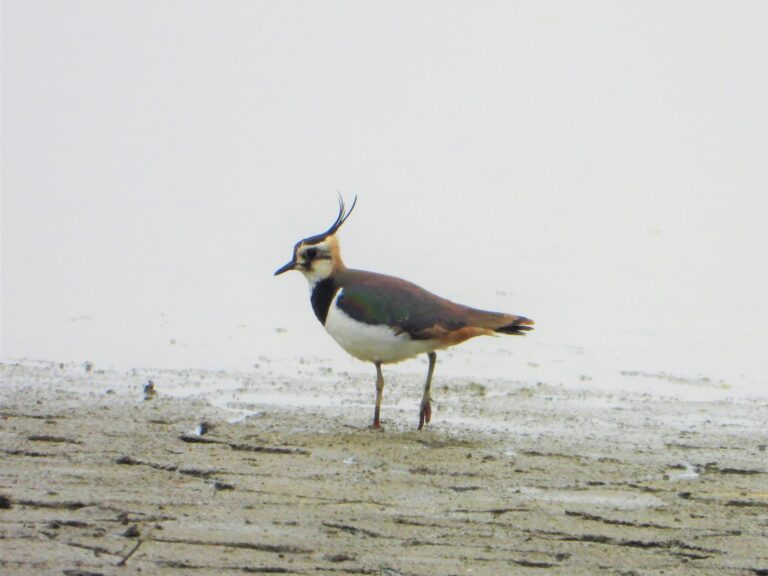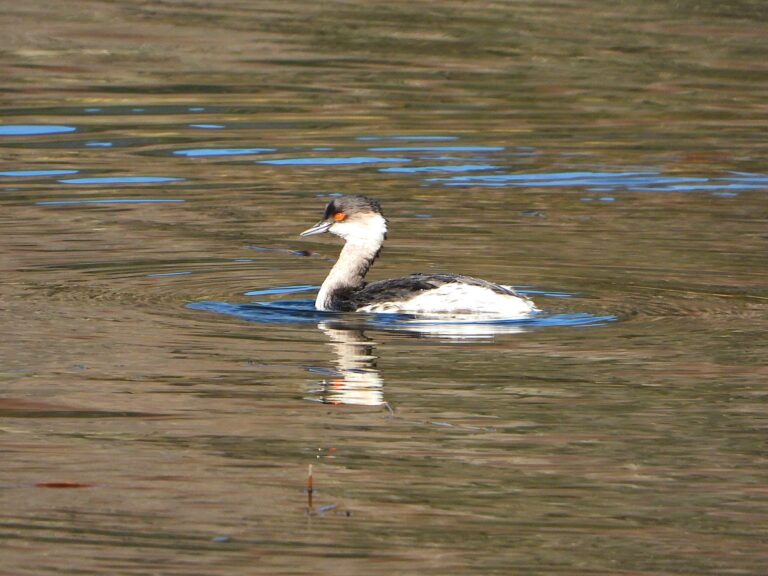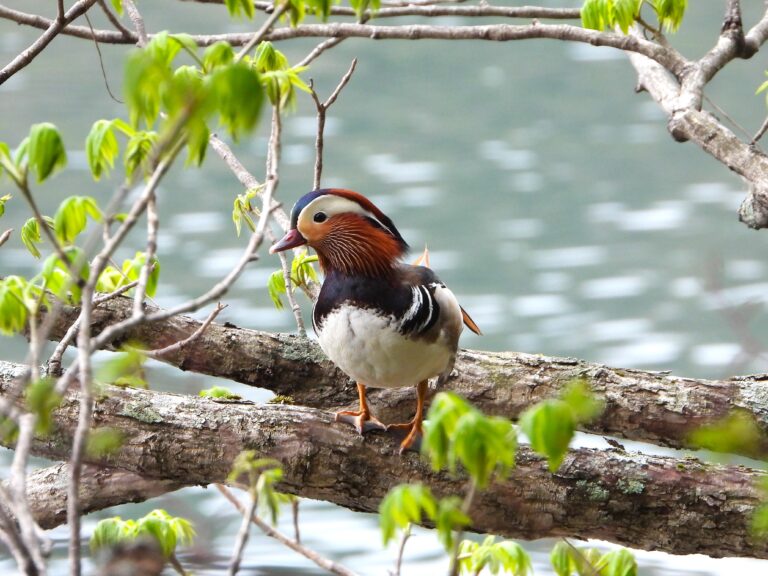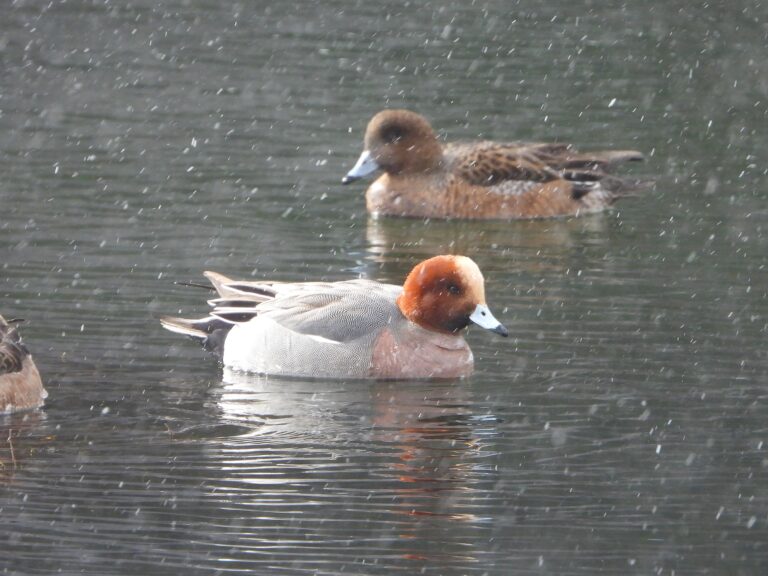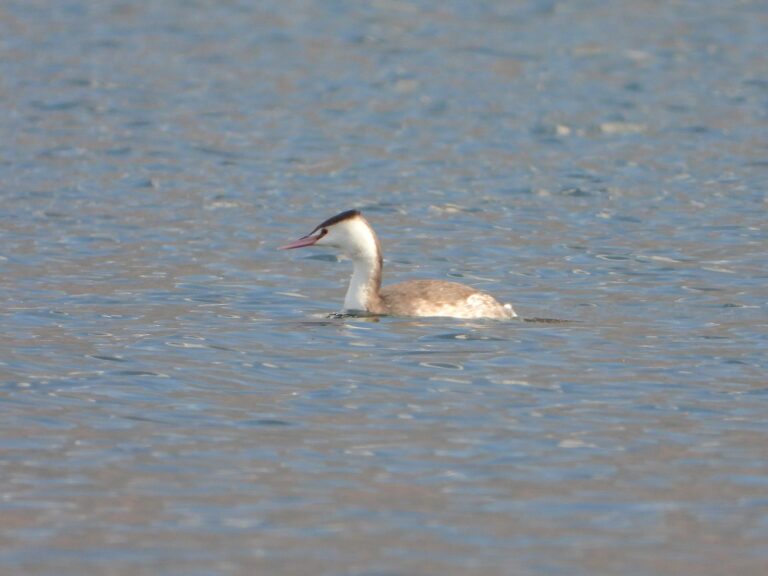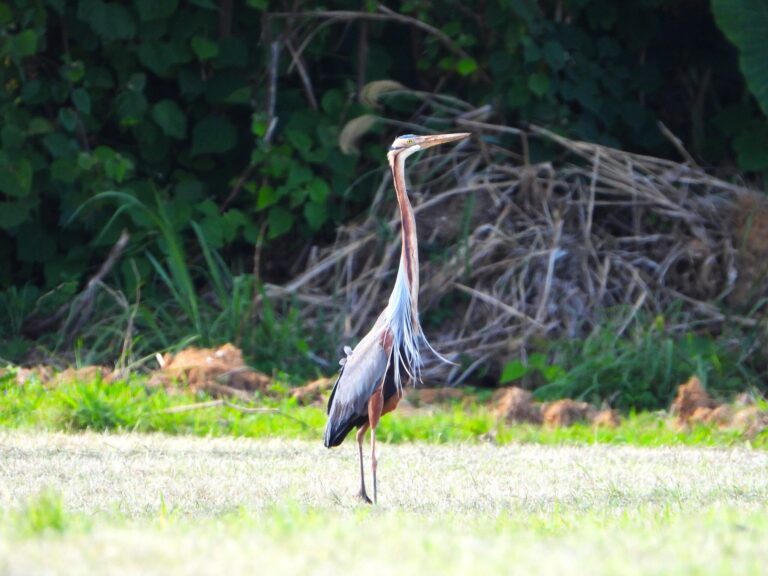Eurasian Coot (Fulica atra) – Wildlife of Japan
Introduction
A familiar black waterbird of ponds, lakes, reservoirs, and slow rivers. The crisp white bill and frontal shield make it instantly recognizable. In Japan it is abundant in winter and now breeds locally and increasingly in lowland wetlands.
Appearance
- Size: about 36–39 cm; wingspan 70–80 cm.
- All-black body with a sharp white bill and shield; small white undertail patch.
- Red eyes; greenish-gray legs with lobed toes (not webbed like ducks).
- Juveniles are browner-gray with a paler throat and duller bill/shield.
Habitat & Distribution
Breeds and winters on freshwater bodies with emergent vegetation. In Japan, winter numbers have surged since the 1990s–2000s with range expansion; breeding records have also spread, and wintering now reaches Hokkaidō.
Where to See in Japan
Urban park ponds, moats, irrigation reservoirs, and river backwaters are reliable from autumn to early spring; pairs and family groups occur on reed-lined ponds in summer. Look for the white bill and shield standing out among mixed waterfowl.
Behavior & Vocalizations
Often dives briefly for food and grazes along margins. Strongly territorial in the breeding season, frequently runs across the water surface to chase rivals. Typical calls are clipped, high notes, often rendered in Japan as “kyu-kyuu.”
Diet
Mainly aquatic vegetation such as pondweeds, algae, and grasses, plus insect larvae and other small invertebrates taken by diving or at the surface.
Breeding
Builds bulky nests in reeds or floating platforms. Typical clutch 5–7 eggs (range 3–12). Both parents incubate for about 21–24 days; fledging takes around 50–60 days. Chicks are black with bright orange-red fringes on the head.
Similar Species & ID Tips
- Common Moorhen (Gallinula chloropus): smaller, with a red bill and shield tipped yellow, white flank line, and no lobed toes.
- Diving ducks: different bill and foot structure; the coot’s white bill/shield and lobed toes are decisive.
Conservation
Global status: Least Concern. Widespread and increasing in many managed waters, though local success depends on water quality and emergent vegetation.
Author’s Impression
That flash of white on charcoal—then a sudden, splashy sprint across the surface—makes the coot one of the most animated birds on any winter pond.
